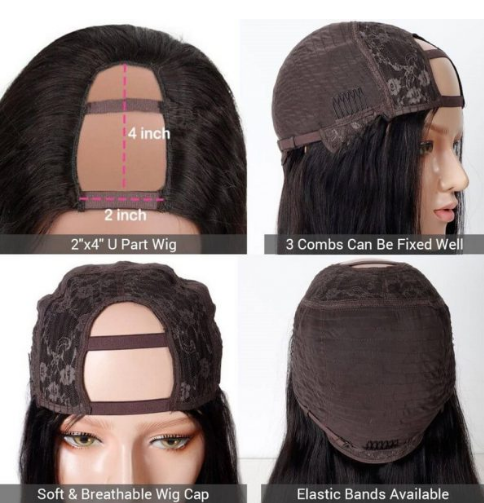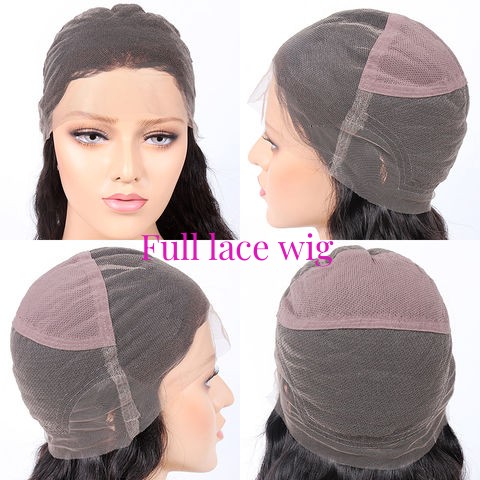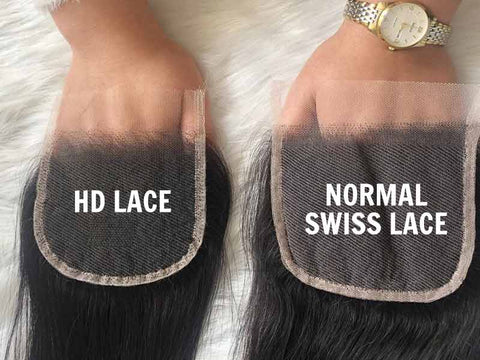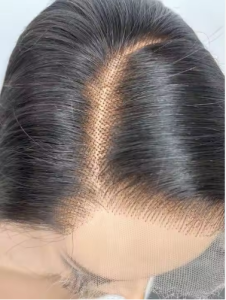Wigs have become a significant tool for those looking to change their appearance, deal with hair loss, or simply switch up their style. However, with a vast array of prices out there, from budget-friendly options to hefty investments, it can be overwhelming to choose the right one. If you’ve ever wondered why one human hair wig costs just $69 while another can set you back $600, you’re in the right place.

How much does a human hair wig cost
While an $69 wig and an $600 wig might both be labeled as human hair, 5 key factors set them apart. From the source of the hair to the construction techniques used, each detail plays a crucial role in justifying the price difference.
One of the most significant determinants of a wig’s cost is the type of hair used.
Remy Hair vs. Non-Remy Hair
Remy hair is collected meticulously, maintaining the same direction for all cuticles. Because of this care, Remy hair remains tangle-free and retains its natural sheen for much longer than non-Remy hair..
Non-Remy hair, on the other hand, is collected in a more haphazard manner, often after haircuts from the salon floor.The cuticles in non-Remy hair are not aligned, making it more prone to tangling and matting. Non-Remy hair often undergoes chemical treatments to strip the cuticles, which can further damage the hair and reduce its lifespan. Naturally, Remy hair is more expensive due to its higher quality and longer-lasting nature.
The length of the hair strands used in the wig significantly impacts its price.
Shorter hair is easier to source and, therefore, less expensive. Longer hair, however, requires more time to grow and is less common, thus driving up the cost.
Moreover, longer hair requires more expertise and time to handle during the wig-making process. The challenges involved in sourcing and maintaining the quality of longer hair make wigs made from such hair substantially pricier. Therefore, if you’re opting for a longer-length wig, be prepared for a higher price point.
How much does a human hair wig cost
3.Cap Construction
There are primarily two types of wig cap constructions: machine wefted and hand-tied.
Machine wefted wigs are quicker and cheaper to produce. The hair is sewn onto wefts, which are then sewn onto the cap. These wigs take about one week to make and are generally less expensive. However, they lack the natural flow and appearance of hand-tied wigs.

Hand-tied wigs require highly skilled artisans to tie each individual hair strand onto the wig cap. This intricate process can take three to four weeks to complete. Hand-tied wigs offer a more natural look and movement because each hair strand mimics the natural growth direction. This method is labor-intensive and time-consuming, making hand-tied wigs costlier but more natural-looking and comfortable.

Helpful link:Hand made vs machine made
4.Lace types for wigs
One of the most important materials used is the lace for the wig foundation.
High-end wigs often use Swiss lace. Swiss lace is softer, thinner, and much more durable than Asian lace. It is also less likely to cause irritation, making it more comfortable for long-term wear.

Helpful link: 4 lace types for wigs
Finally, the level of craftsmanship involved in creating the wig can significantly impact its cost.
The number of hairs used per knot is an excellent example of this. Many lower-end brands use five to eight hairs per knot, which reduces labor costs but can result in a bulkier and less natural hairline.
In contrast, high-quality wigs typically use one to two hairs per knot, making the process far more labor-intensive and requiring skilled artisans to execute. This attention to detail results in a wig that mimics the natural growth pattern of hair, offering a seamless and natural-looking appearance.

Conclusion
Choosing the right wig involves more than just picking a style you like. Understanding the differences in hair quality, construction techniques, cap design, and the true meaning of Remy hair can empower you to make a more informed decision.While an $69 wig might be sufficient for occasional wear or those on a tight budget, investing in a $600 wig can provide superior quality, comfort, and longevity.